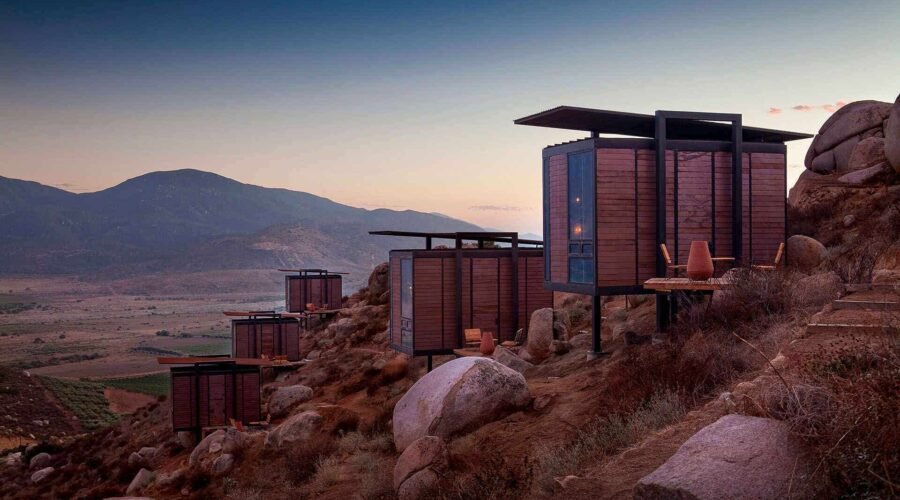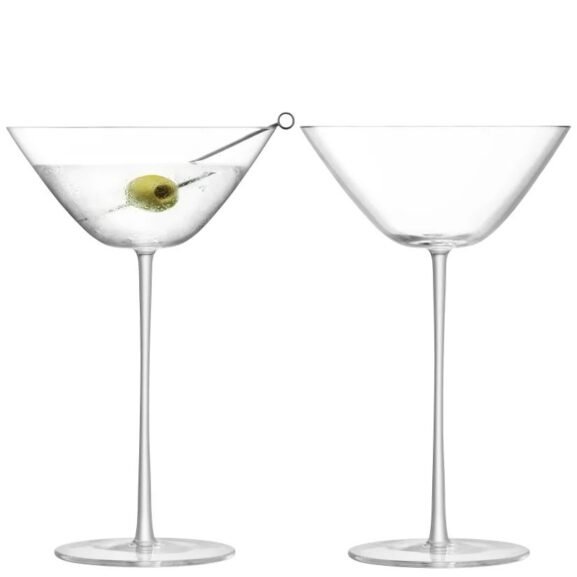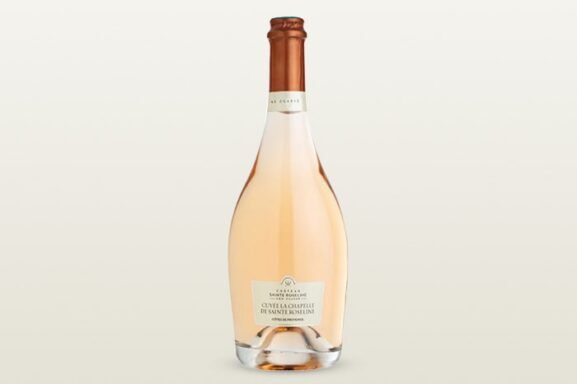Culture: In Valle de Guadalupe, Scrappy Modernism Elevates Everything—Even the Wine
When Phil and Eileen Gregory wanted to build a winery in Valle de Guadalupe that fit into the landscape, they called architect Alejandro D’Acosta. Known throughout Mexico for repurposing cast-off tires, wine bottles, oil tanks and wooden beams into building material, D’Acosta and his wife, architect Claudia Turrent, were considered sustainable alchemists. Together, they had already manifested the first soil-poured earthen structure for local legend (and D’Acosta’s brother) Hugo D’Acosta at Paralelo, the historic Santo Tomas winery from old wine tanks and El Porvenir’s La Esquelita winemaking incubator school (one building was constructed from used wine bottles).
When it came to the Gregory winery, D’Acosta drew from the materials he had at his disposal: an Ensenada resident offered an old boat, a local optometrist donated flawed glasses lenses. These complimentary offerings allowed him to focus on the artistry of his vision. He flipped the boat to become the roof of the winery, drilled holes and installed the glass lenses throughout to provide speckles of natural light. The effect is a cathedral to wine unlike any tasting room on the planet.
Since Vena Cava opened in 2005, the unusual architecture has placed Valle de Guadalupe on the design map. Under D’Acosta’s boat, visitors come from across the globe to sip organic pét-nat and creamy Cabernet. Outside, diners delight in duck confit from Troika, the onsite food truck, while immersed in Turrent’s native desert plant garden fronting a pond visited by migrating birds.
Paralelo, where fresh
olive branches were
used to leave decorative
impressions in the
rammed earth walls / Image Courtesy of Don Bartletti
Elevated Design
While wine culture introduces visitors to Valle, the sustainability and ingenuity of the design coaxes them to return. Little did they know it, but D’Acosta, Turrent and other architects like Jorge Gracia’s scrappy designs incited a sustainability movement in northern Baja. “Mexico’s wine country is thriving because of the creativity of pioneers like D’Acosta,” Eileen Gregory says.
Now the San Diego-Tijuana region, just an hour and a half from Valle de Guadalupe, has been deemed the 2024 World Design Capital—the first bi-national award of its kind. With tours of the valley architecture on the itinerary throughout the year, it appears the world is about to understand what some scrappy creatives can make with someone else’s castoffs.
Yet, despite its growing reputation, Valle de Guadalupe wasn’t initially sustainable because it wanted to be—it was, and is—sustainable because it must be.
When Tijuana’s Jorge Gracia was tasked with designing Encuentro Guadalupe, one of Valle’s first hotels, his initial instinct was to say, don’t build anything. The boulder-strewn desert mountain spilled into the valley, housing rabbits, snakes, pumas, bobcats, an abundance of lizards, birds and native plants.
He approached owner Alfredo Acosta with a design proposal—they would create a wild shelter for the species that had resided on the northern mountains for generations, while also literally elevating the accommodations. He proposed 20 prefab steel lofts lifted by beams to lessen their environmental impact, overlooking the vineyards. This would also help solve the complications of building—only Valle’s main road is paved, so getting construction materials up hillsides takes ingenuity. Acosta, eager to honor the energy of the strong boulders and the fragile flora, enthusiastically agreed with the plan.

Today, replicas of Encuentro’s now iconic lofts can be seen throughout the valley. Winemakers, artists, and culinary greats arrive annually, ready to construct their own dreams, usually with an eye now toward using the materials they have at their disposal. But some worry the explosive growth is unsustainable for a bucolic desert ecosystem reliant on the land.
When chef Drew Deckman arrived in 2012 to open his popular farm-totable restaurant, Deckman’s, there were very few visitors in the valley. He constructed his first area restaurant, and later Baja Omakase, aiming to have little impact on the land itself.
Today, Deckman notes that there are 180 wineries in the valley. In the fall, an outpost of the exclusive Banyan Tree Resort is set to open. A new wellness retreat, Montevalle, opened last spring. Both destinations claim to have been erected with sustainability in mind. Yet some, like Deckman, worry that the roads will soon be paved and the modernist architecture replicated so much and without the thought that inspired the originals, that the idea grows stale.
And worse than changing the scenery, locals worry about their biggest threat—water scarcity.

Desert Blooms
At a recent Outstanding in the Field event (an outdoor dining series that focuses on farm-to-table food) at Natalia Badan’s Rancho el Mogor winery, under a cloudy sky, Badan raised a glass of her winery’s crisp Chasselas del Mogor and urged those in attendance to welcome the rain. “The valley has been in a serious drought for years and needs water more than anything.”
Badan’s been an environmental steward of this valley her entire life. Her European parents constructed their house from the rocks and mud on their property in the 1950s and were some of the first in the valley to make wine—always organically. Today, she and her four adult children steward the land by only growing enough for 3,000 cases of their Bordeaux varietal wines—and selling them locally. To Badan, while design is important for the experience, it’s all in honor of the valley—the wine.
For the area to continue to thrive as wine country or otherwise, though, Badan infers that all valley residents must tend to their natural resources.
Many locals are trying. Malva’s chef Roberto Alcocer’s open-air restaurant was forged, and ultimately benefited, from a scrappy approach. People thought it was a unique statement to put the table in the farm and serve a salad of foraged purslane, dandelion and wild arugula—the “weeds” that grew around the property. In those early days, this was all he could afford. Today, Malva still retains the same DIY vibe, even though people cross international borders for his tasting menu that often includes pork belly swimming in mole and his decadent marshmallow ice cream.
At Bruma Vinicola, which D’Acosta and Turrent designed, winemaker Lulu Martinez practices biodynamic farming, which is complemented by the steel and reclaimed wooden structure of her winery. Bruma Wine Garden chef David Castro Hussong’s locally sourced octopus pizza may taste even better because diners share a large communal table in Martinez’s vineyard shaded by olive trees. Across the way, the popular Fauna Restaurant’s stark fairytale ceiling (made from D’Acosta’s handcrafted oak cuttings) hint at the locality of the oysters and broccoli, and of course, the wine list, comprised of mostly natural wines you can only get here in the valley.
As the spirit of sustainable innovation continues, locals hope to impart to visitors (and new entrepreneurs) an enduring sense of responsibility to the land. Encuentro Guadalupe now offers a native plant walk paired with an herbal tea made from these endemic species. Artist and creator of Outstanding in the Field, Jim Denevan, brought his farm-to-table dinner series to Valle to educate people about a California wine country that gets them out of their preconceived notions of what that should be. Even Banyan Tree is said to be consulting with local native plant specialists to integrate locality into the design of a sleek destination in such a stark desert.
D’Acosta says that when he and Turrent arrived, “You could still create from nothing. [In Valle] the right people understood making architecture from antiques meant we could build quality in the same way we make wines. It’s poetic to understand the terroir. We can make our work display that understanding.”

Where to Stay
- Encuentro Guadalupe | Tecate-Ensenada Highway 75, El Sauzal, 2750 Ensenada
- Cuatros Cuatros | El Tigre, Carretera libre Tijuana-Ensenada Km. 89 El Sauzal de Rodriguez, 22760 Ensenada
- Casa 8 at Bruma | Carretera Avinicola La Cetto fraccionamiento A-B, P74, 22760 Francisco Zarco
Where to Eat
- Fauna | Mexico 3 km #73, 22760 Francisco Zarco
- Malva | Carretera Ensenada-Tecate Km 96 06100 Ensenada
- Animalon | Carretera Tecate-Ensenada Km 83, Ejido Francisco Zarco
Must-Visit Wineries
Pro-tip: If bringing wines back across the border to the U.S., you are only allowed one bottle per person.
- Bruma Vinicola | Carretera Tecate-Ensenada Km 73.5 Parcela número 2
- Vena Cava | Rancho San Marcos Toros Pintos Km. 88 22750 Guadalupe
- Clos de Tres Cantos | San Antonio de las Minas km 89, Rancho Santa Lucia C.P 22813
- Paralelo | Km 73.5 Highway 3 Tecate-Ensenada
- Vinicola Mogor Badan | Km. 85.5 Carretera Federal #3 Tecate-Ensenada Rancho El Mogor, San Antonio de las Minas Paralelo Km 73.5 Highway 3 Tecate-Ensenada Vinicola Mogor Badan Km. 85.5 Carretera Federal #3 Tecate-Ensenada Rancho El Mogor, San Antonio de las Minas
- Finca la Carrodilla and La Lomita | Parcela 99 Z-1 P-14 S/N Ejido El Porvenir, Francisco Zarco
This article originally appeared in the June/July 2023 issue of Wine Enthusiast magazine. Click here to subscribe today!
Last Updated: July 19, 2023
Like what you’re reading? Learn more about:


